Cloud based temperature loggers
A temperature logger will periodically record the date, time and temperature in memory. This information builds up over time to provide a complete record of the fridge’s temperature. Historically temperature loggers were devices that needed to be manually connected to a computer for the user to retrieve the results. Fully automated loggers are now available that provide significant advantages and are now the minimum standard for VaxShield compliance.
A cloud based temperature logging system is the second tier of protection for the vaccines. It ensures that users are IMMEDIATELY NOTIFIED of a temperature breach as well as providing a fully automated temperature audit.
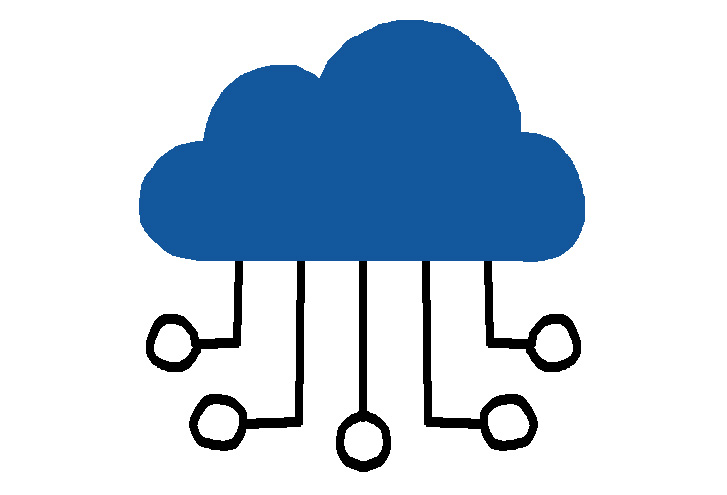
Essential features
ALL of the following features must be available AND enabled with the Temperature loggers

Independent
The temperature logger must NOT be part of the fridge. It needs to be a totally independent and impartial system. It can NOT log the temperature that the fridge has measured. It needs to have its own temperature sensor.
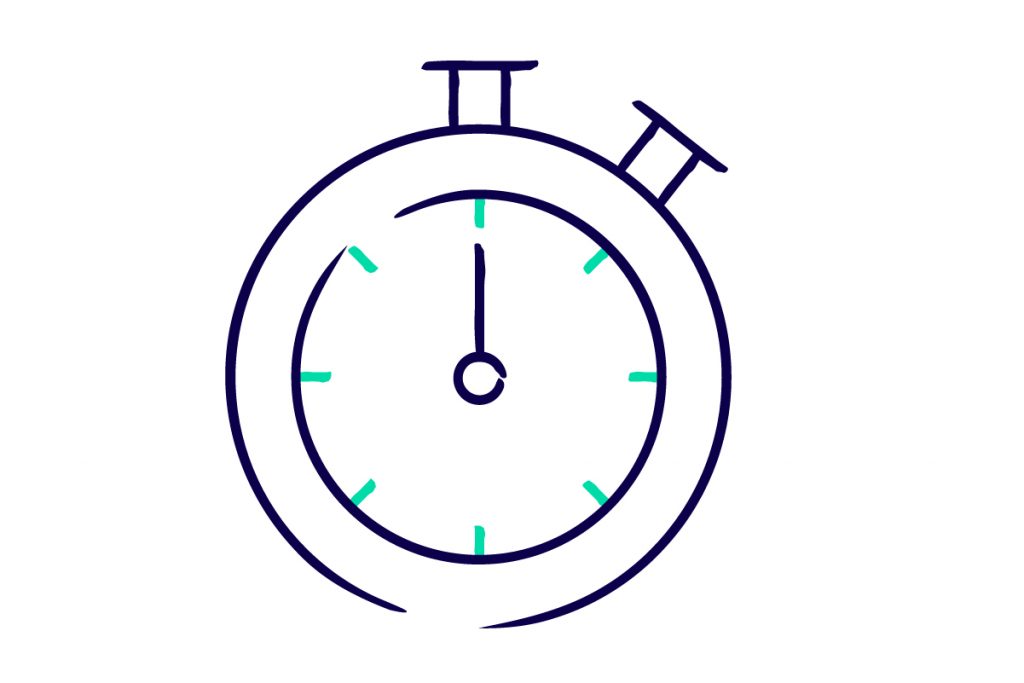
Sampling rate
The sampling rate (how often the temperature is recorded) needs to be either configurable by the user or fixed at 5 minutes.
If it is configurable by the user then it needs to be 5 minutes or less. Practically, the extra data gathered by sampling every minute is generally not beneficial.
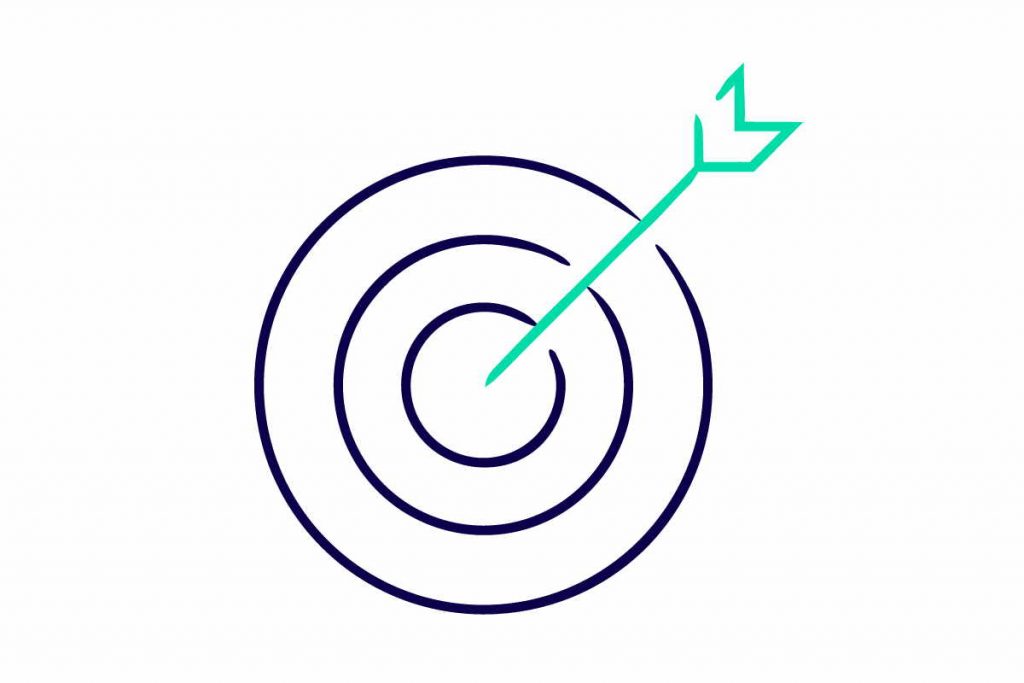
Accuracy
The accuracy of a temperature logger is the possible variation from the actual temperature to the recorded temperature. The accuracy of the temperature logger needs to be 0.5°C or better.
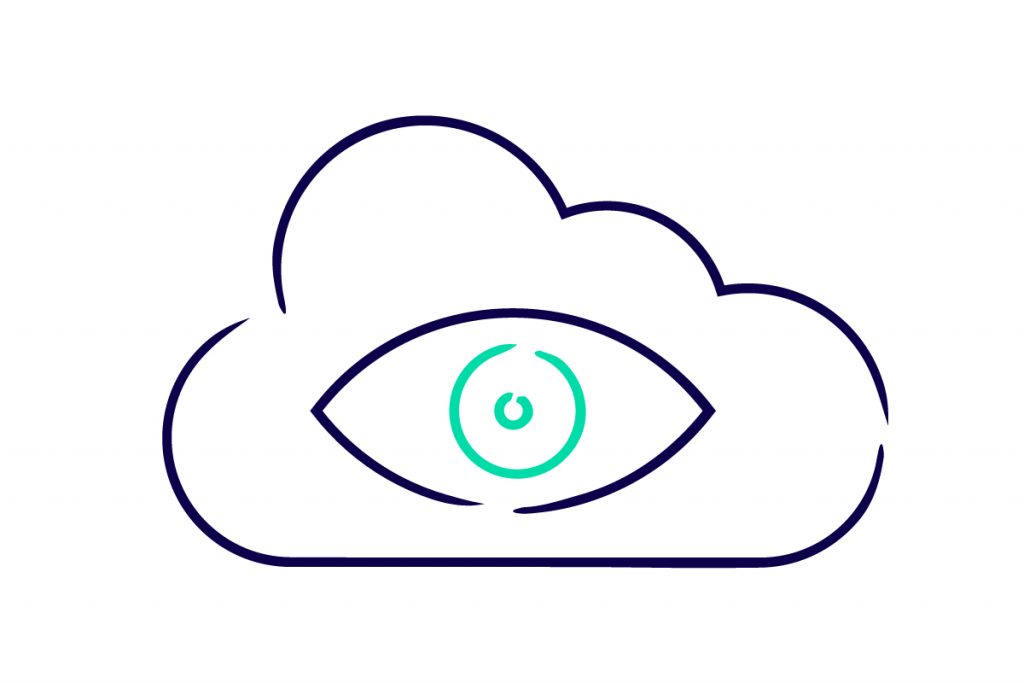
Externally monitored
The data needs to be monitored by an external entity. This is typically a fully automated cloud based service. This is essential for the remote alarm notification. The logger can NOT be the device responsible for notifying the user of a problem.
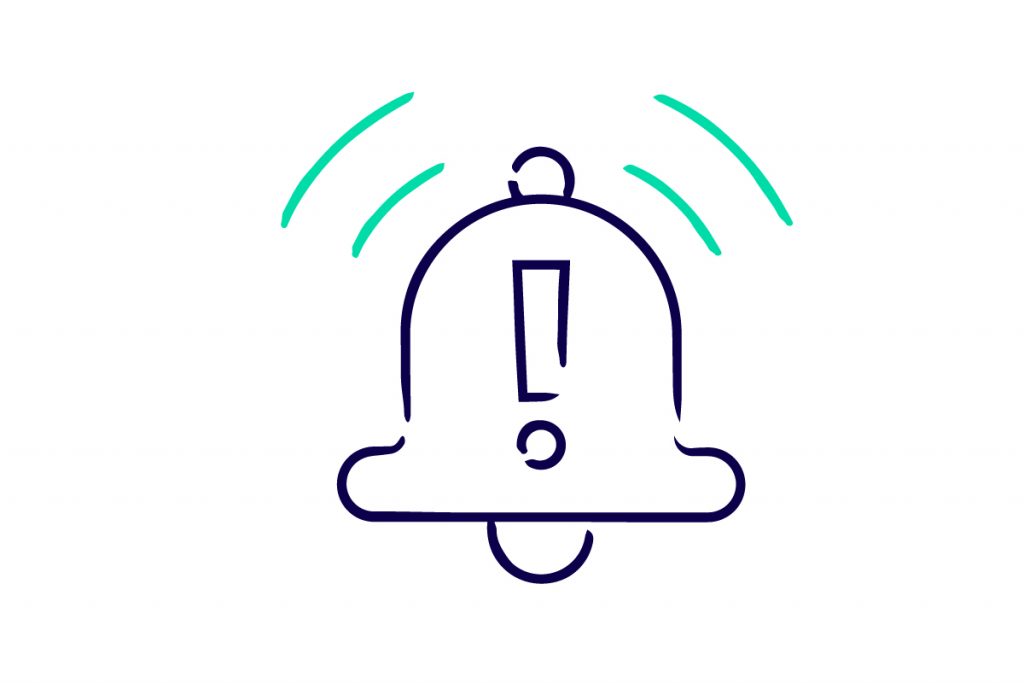
Alarms
When one of the following conditions occur:
- the fridge is too warm,
- the fridge is too cold,
- communication between the logger and the external monitoring has been lost
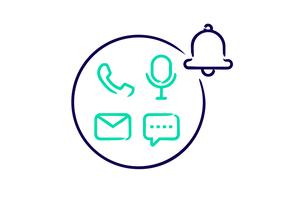
Notification methods
When an alarm occurs, the system needs to support two or more of the following notification methods:
- email,
- phone notification,
- SMS,
- voice message
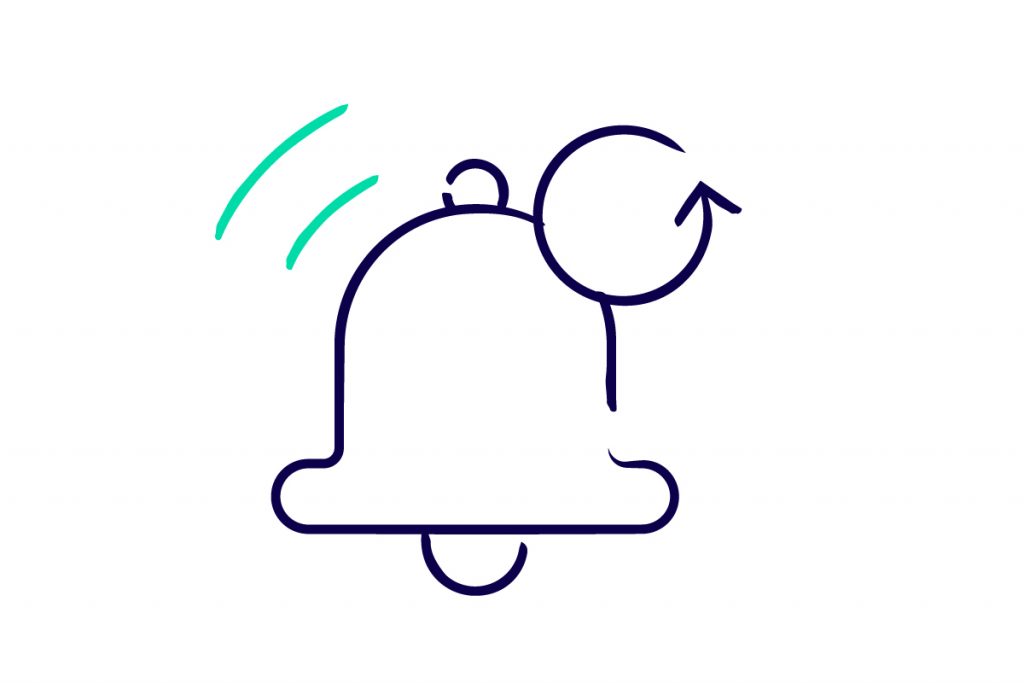
Repeat notifications
In the event of the problem not being resolved within a timely manner, the system needs to support the repeat notification to users. An installation needs to enable at least one of these methods for at least one user.
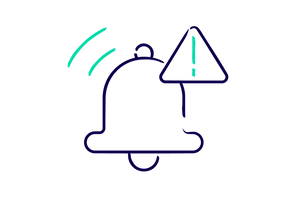
Escalating notifications
In the event of the problem not being resolved within a timely manner, the system needs to support the ability to notify other people (i.e. “escalate the problem”).
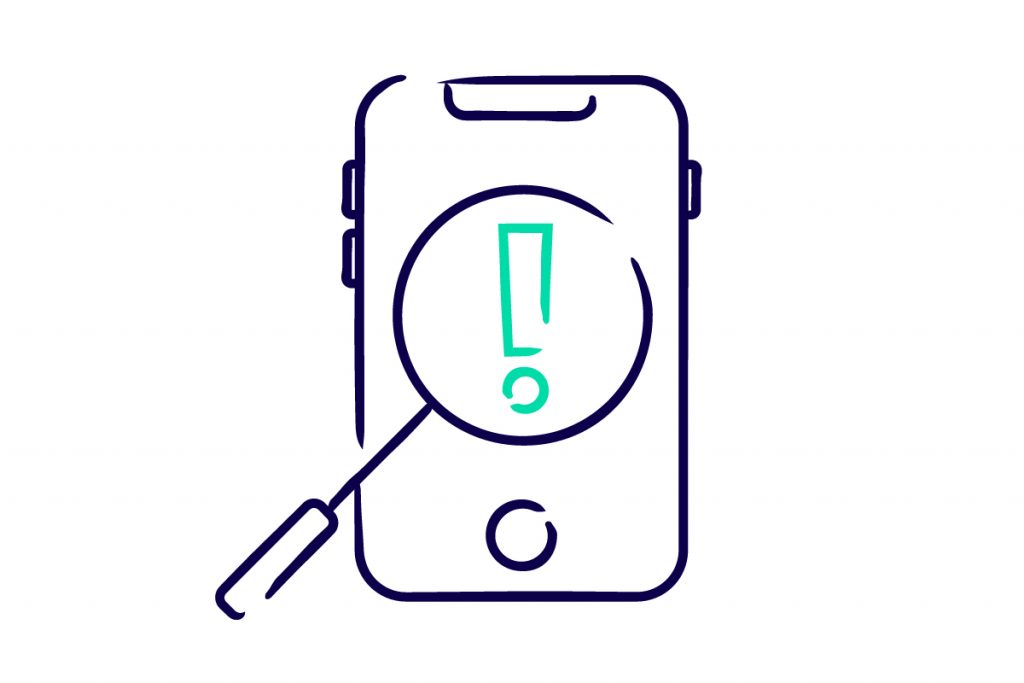
Remote data access
Users should be able to access the temperature data from a web browser, computer program or phone app that has internet access. There should be no need to be onsite to see the data.
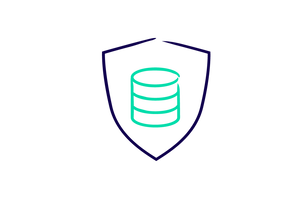
Secure data access
Both the logging hardware as well as the server need to be secure. Where personal data is stored, it needs to comply with all applicable security and confidentiality laws.
The actual readings must NOT be editable or removable by the user (apart from deleting archived data).
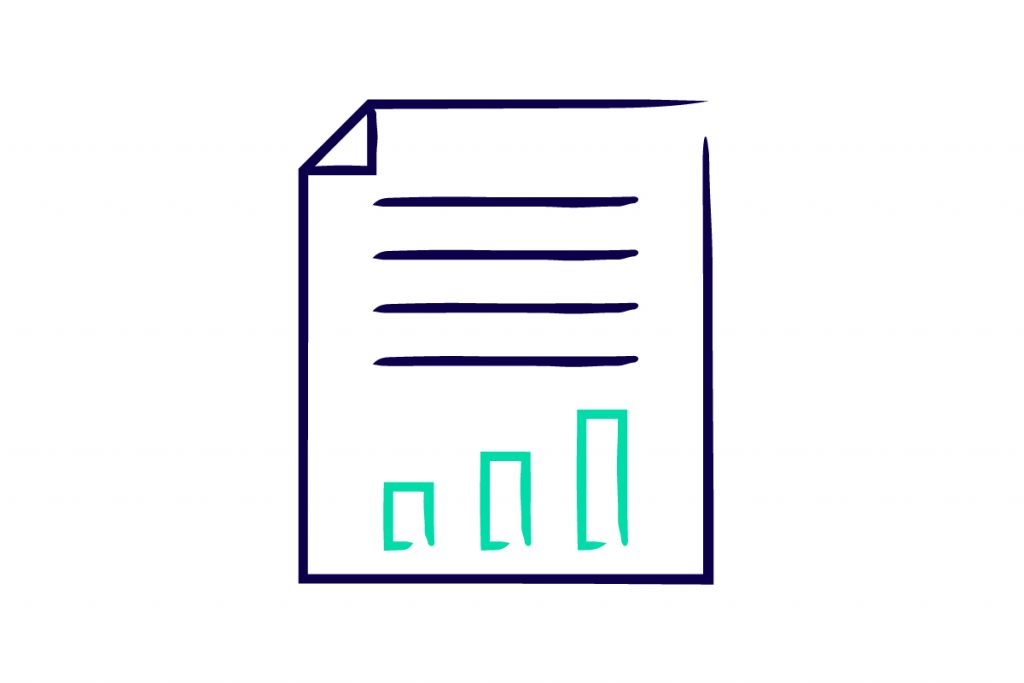
Reports
In the event of a breach, a report detailing the temperatures throughout the breach needs to be generated.
Clarifications
- A “back to base” alarm system is NOT a cloud-based temperature logging system. It simply alerts an external entity that a problem exists.
- The method of sending the data to an external entity is not covered in this standard because each installation needs to determine what is an acceptable service. For a site to be VaxShield compliant, it requires 24/7 internet access with a 99.9% uptime.
